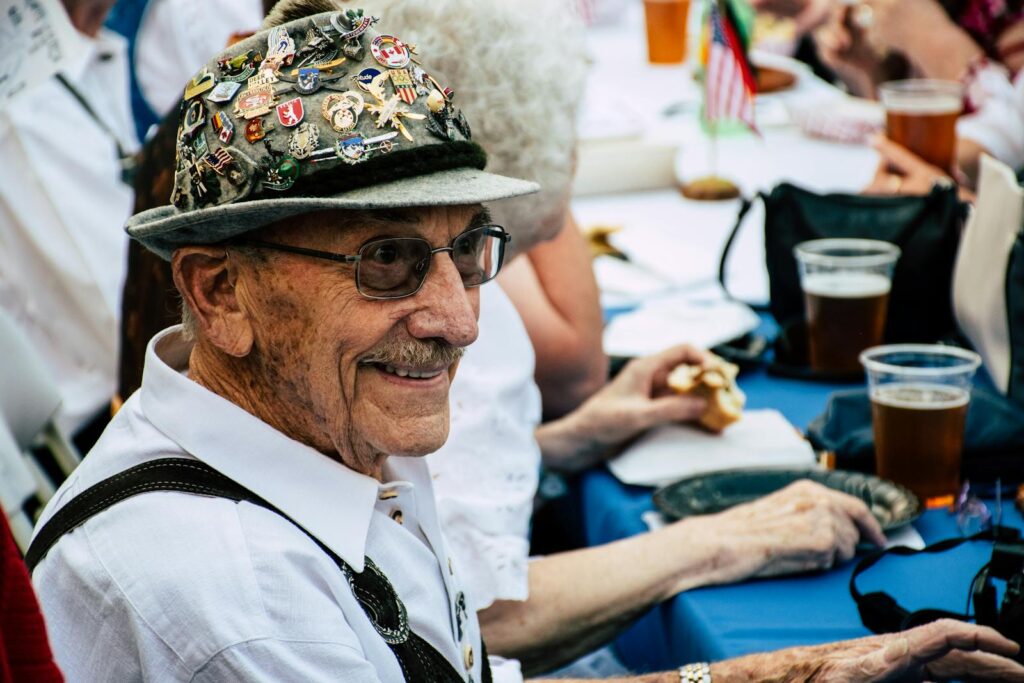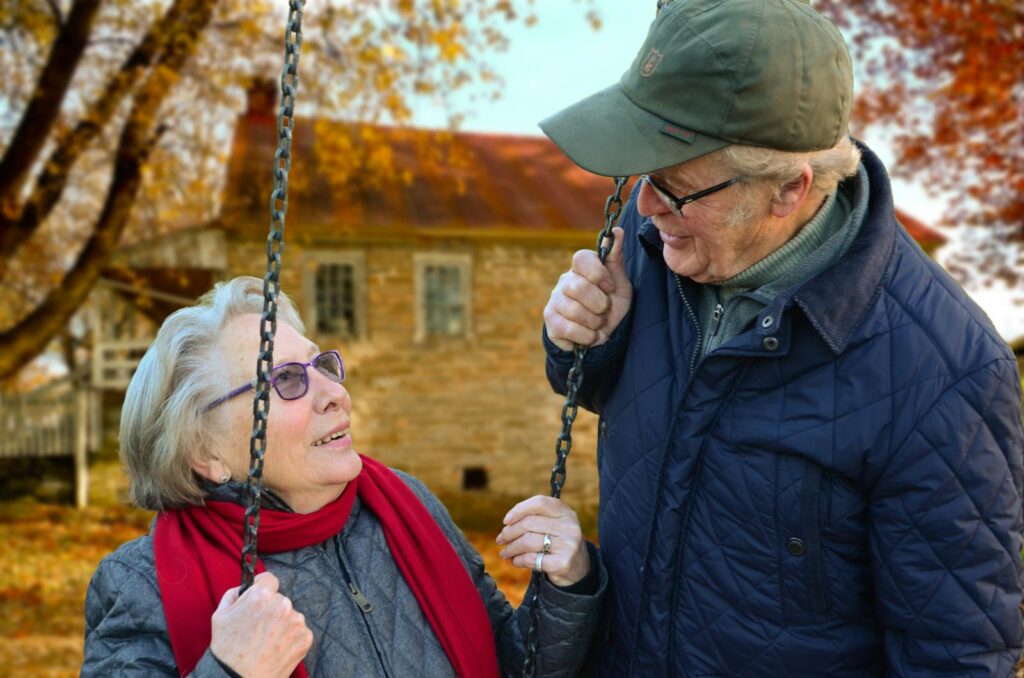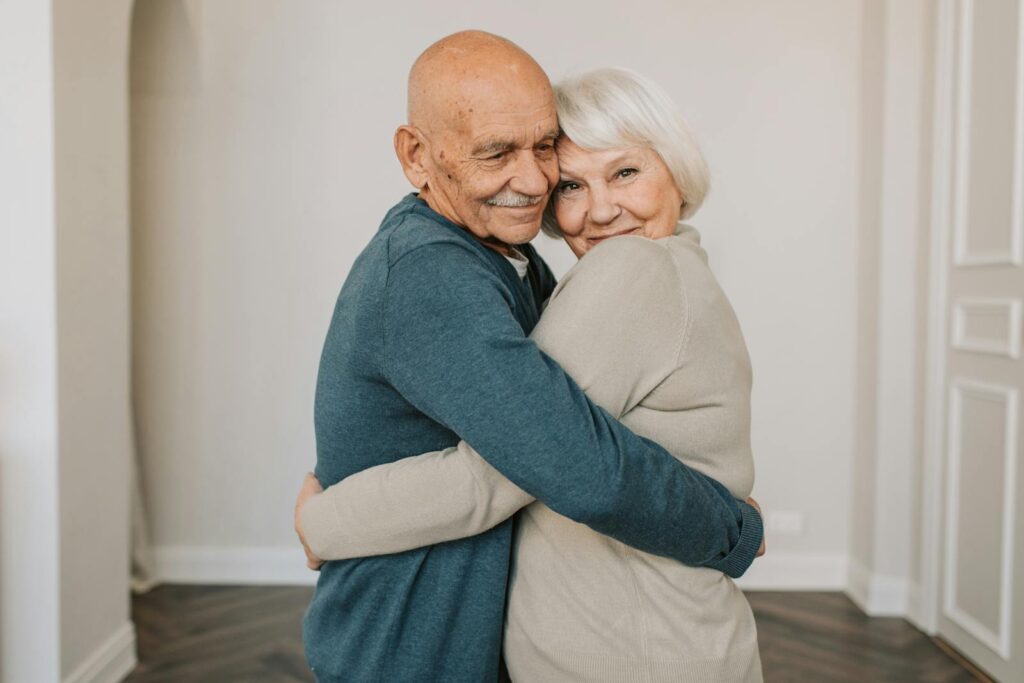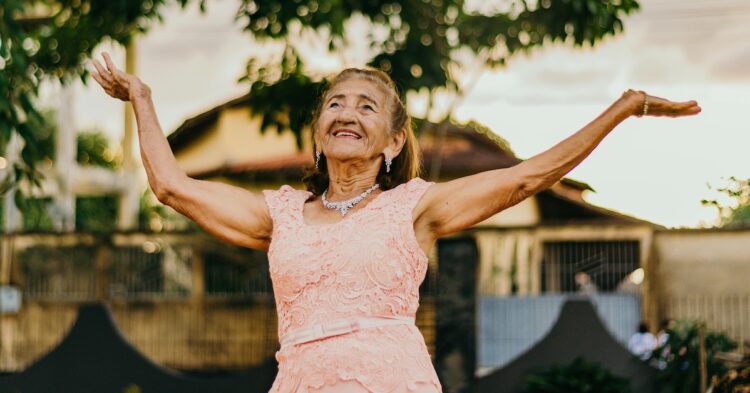In an extensive study, Dutch researchers analyzed data from over 75,000 individuals who passed away within a 30-year period, ending in 2017. Their analysis aimed to find a peak age, assuming ideal health and no life-ending illness.
“This is a significant revelation,” one researcher noted, hinting that life might not stretch beyond a certain point.
Life Expectancy vs. Lifespan

The study distinguishes ‘life expectancy’ from ‘lifespan.’ Life expectancy is an average based on various factors like healthcare and lifestyle, whereas lifespan indicates the maximum age an individual can reach.
Lifespan, unlike life expectancy, appears to have a set limit that hasn’t changed significantly over the decades.
Ninety Years and Beyond

According to their findings, most people reach a natural age plateau in their nineties. “On average, people live longer,” explained Professor John Einmahl, one of the researchers, “but the very oldest among us have not gotten older over the last thirty years.”
This ‘age plateau’ hints that most of us might not push much past this threshold.
Women vs. Men

The research shows a small advantage for women in terms of maximum age. Female lifespan tops out at 115.7 years, slightly longer than the 114.1 years for men.
These findings align with broader trends showing that women generally live longer than men, although the difference is modest regarding ultimate age limits.
Why 115?

The team concluded that, based on current data, the “ceiling” age is around 115 years. “There is certainly some kind of a wall here,” said Einmahl.
Despite modern medicine and improved living standards, the maximum lifespan itself has remained fairly consistent, suggesting a natural boundary.
Exeptions and Anomalies

While 115 may represent a general maximum, some individuals defy this limit. The oldest verified woman, Jeanne Calment of France, lived to 122, while Japan’s Jiroemon Kimura reached 116.
These exceptional cases are rare; scientists believe they represent anomalies rather than a shift in the maximum lifespan.
Rising Centenarians

Interestingly, the study revealed that more people are reaching 95 than ever before, nearly tripling in recent years.
This reflects improved healthcare and living conditions. However, despite this increase in centenarians, the oldest individuals aren’t necessarily pushing past previous records.
Comparing Findings Worldwide

Similar studies in the U.S. have aligned with the Dutch findings, suggesting a comparable age ceiling.
American researchers noted, however, that the very oldest individuals today aren’t living as long as their predecessors. This sparked debate over what might affect this phenomenon, from lifestyle changes to genetic factors.
Is It Possible to Extend the Ceiling?

As technology and medicine advance, the idea of breaking this 115-year ceiling remains a topic of intrigue. Researchers continue to explore whether genetic engineering or medical breakthroughs could one day extend our maximum lifespan.
For now, though, 115 stands as a widely accepted natural limit for human longevity.
While living to 115 might sound astonishing, it’s a reminder of both our potential and our limitations.

The pursuit of longevity will likely persist, but scientists believe we may have reached a natural peak. With each passing year, though, the dream of pushing these boundaries remains compelling. So ask yourself, would you like to live that long?

















































